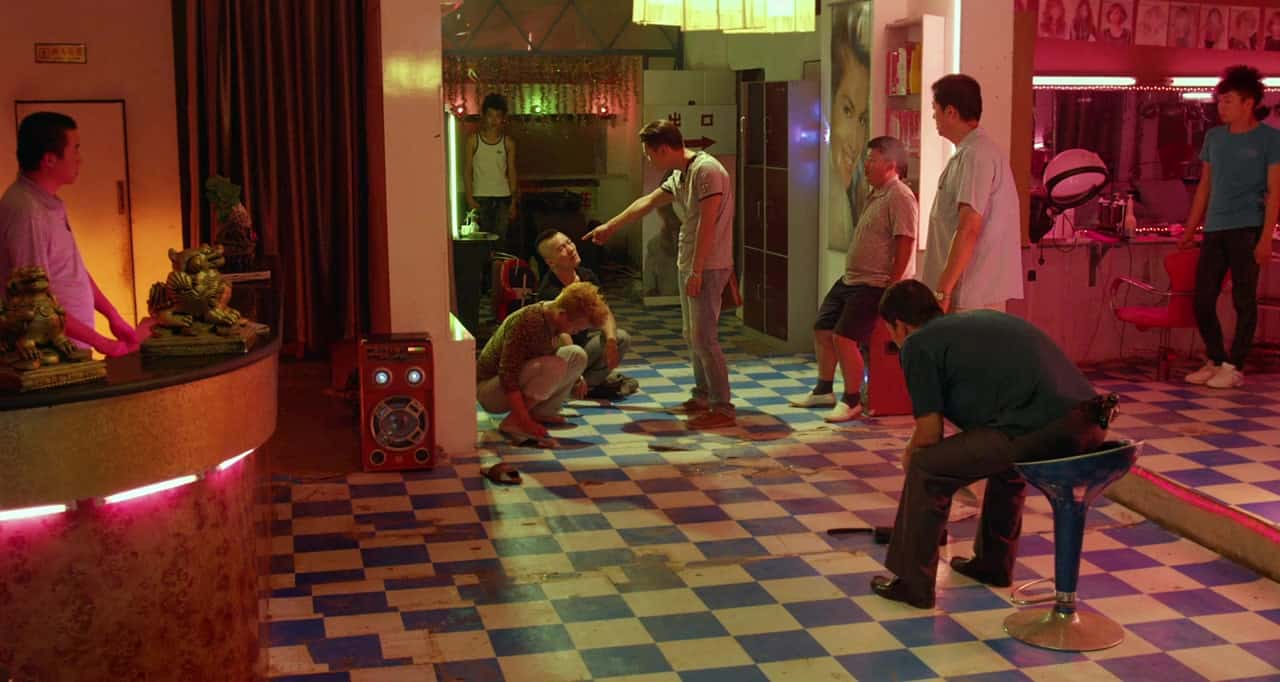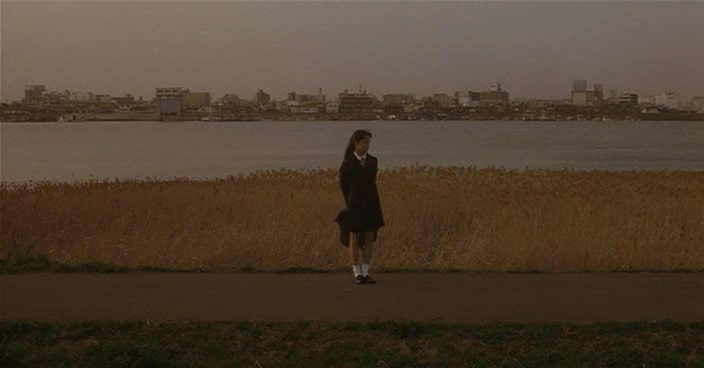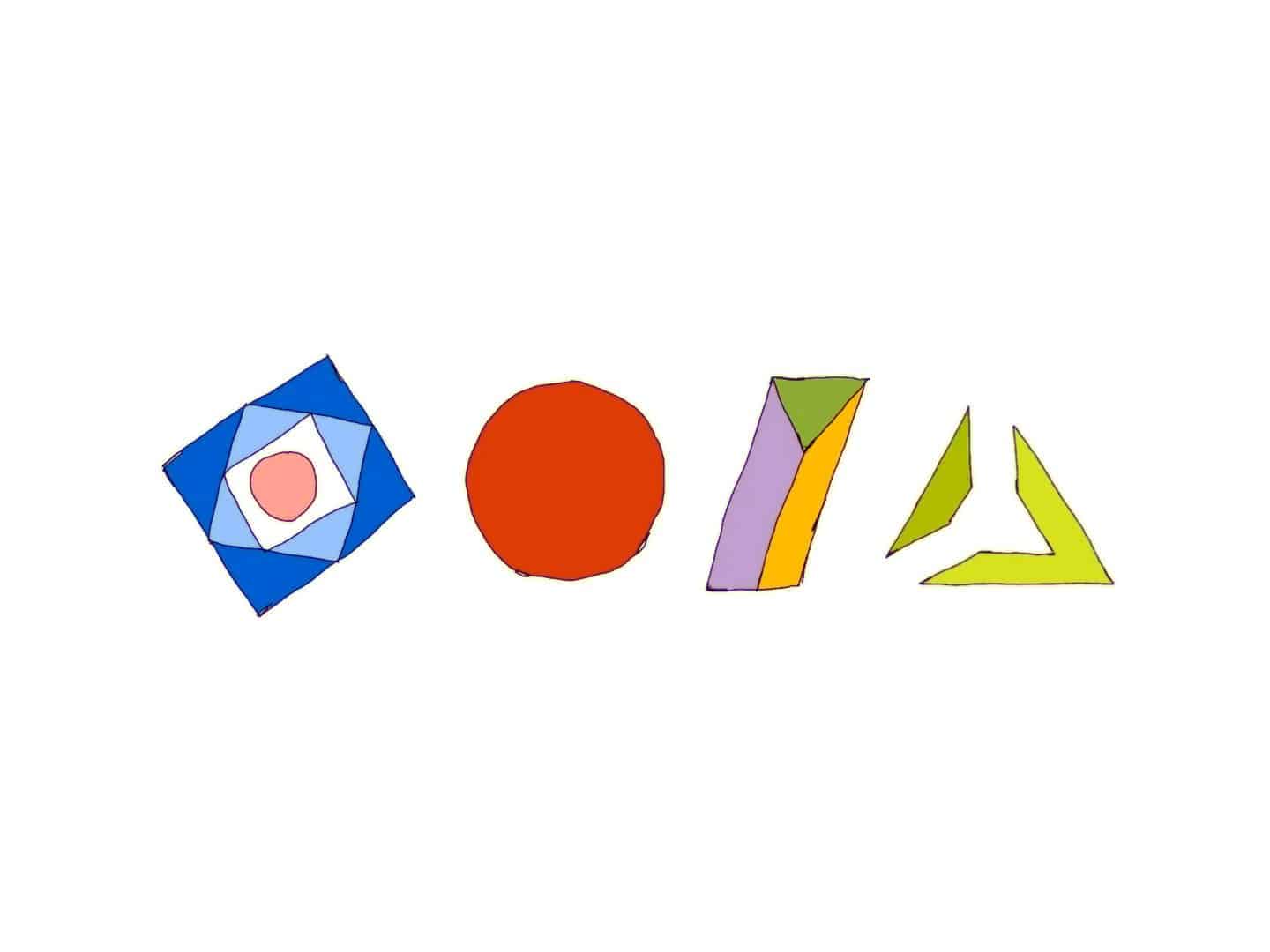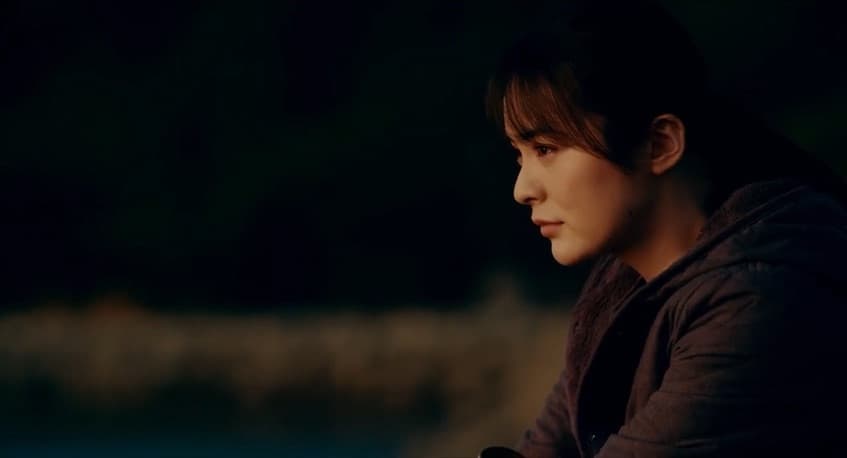Kurosawa has been hailed as “the world's greatest editor”, and his prowess in the field is magnificently displayed in this movie, and particularly the aforementioned scene. Here, every cut seems to serve a purpose, and the editing serves as a tool of continuity in order for the audience to understand what and where is happening. Kurosawa managed this continuity by using multiple cameras in the scenes, which allowed him to edit with utter precision, despite the fact that the action follows multiple storylines and occurs in different places in the village.
Another technique he uses is the quick editing, which keeps the pace short and crisp, not letting the audience look away from the screen even for a moment. The jump cuts and the cutting on action also serve the same purpose, while a number of wide shots injected in the sequence help to release the tension, although for a brief time. However, even these shots eventually create drama and tension.
Furthermore, as I mentioned in the previous paragraph, the quick cutting and the use of telephoto lenses stresses the chaotic and claustrophobic feeling the scene emits. Lastly, the fact that the scene begins and ends with a shot of the samurai banner gives a wonderful conclusion, which emphasizes the completion of the circle created by calmness and tension.
Kurosawa drew influence from John Ford and the classic westerns of Hollywood, and this style found its apogee in “Seven Samurai”, particularly in the sweeping landscape shots. However, his own original style is also quite visible, particularly in the final sequence. He created a new style, as he used telephoto lenses to capture detail for the first time. He also used multiple cameras, each shooting the scene from a different angle, and this allowed him to cut directly from one perspective to the other without stopping the action. This method used enormous quantities of film, thus being very costly, but Kurosawa preferred it for the freedom it gave him to keep the angles he chose.
One of his particular trademarks, the use of human tides, sweeping down from higher places to lower ones, is also present here, and highlights his ability to follow the action instead of editing it in separate shots. Along with a number of meaningful close-ups, and the use of deep focus in order to portray multiple actions in the background simultaneously, the film's cinematography is one of the biggest achievements of world cinema.
Toshiro Mifune is the film's obvious star as Kikuchiyo. Kurosawa managed to contain his usual hyperbole in acting by drawing a role for him, specifically tailored to his method, as Kikuchiyo constantly overreacts. This trait is particularly visible in the scene where he presents the armor of the dead samurai, as he first criticizes the villagers and then his comrades, and in a funny sequence, at a flock of children who wanted to play with him. The greatest performance, however, comes from Takashi Shimura as Kanbei, who, once more, exemplifies his ability to play radically different roles. His biggest trait is that he manages to portray a variety of emotions simply with his eyes, without any extreme movements or gestures. Isao Kimura is also great as Katsushiro, the most inexperienced of the samurai, who idolizes Kanbei. His scenes that stand out are the ones where he expresses his awe of Kyuzo and the subsequent devastation when he is killed, and the one where he kills for the first time.
Seven Samurai” remains a timeless masterpiece, transcending the 1950s Golden Age of Japanese cinema. Akira Kurosawa's profound storytelling, elaborate direction, and disillusioned portrayal of samurais shattered conventions. The realistic depiction of villagers added layers of complexity. Impressive battle scenes, masterful cinematography, and outstanding acting, especially Toshiro Mifune's and Takashi Shimura's brilliant performances, forged an enduring legacy. Kurosawa's editing prowess, evident in the climactic sequence, cemented the film's status as a timeless classic, echoing the eternal struggle for justice and sacrifice in feudal Japan.














